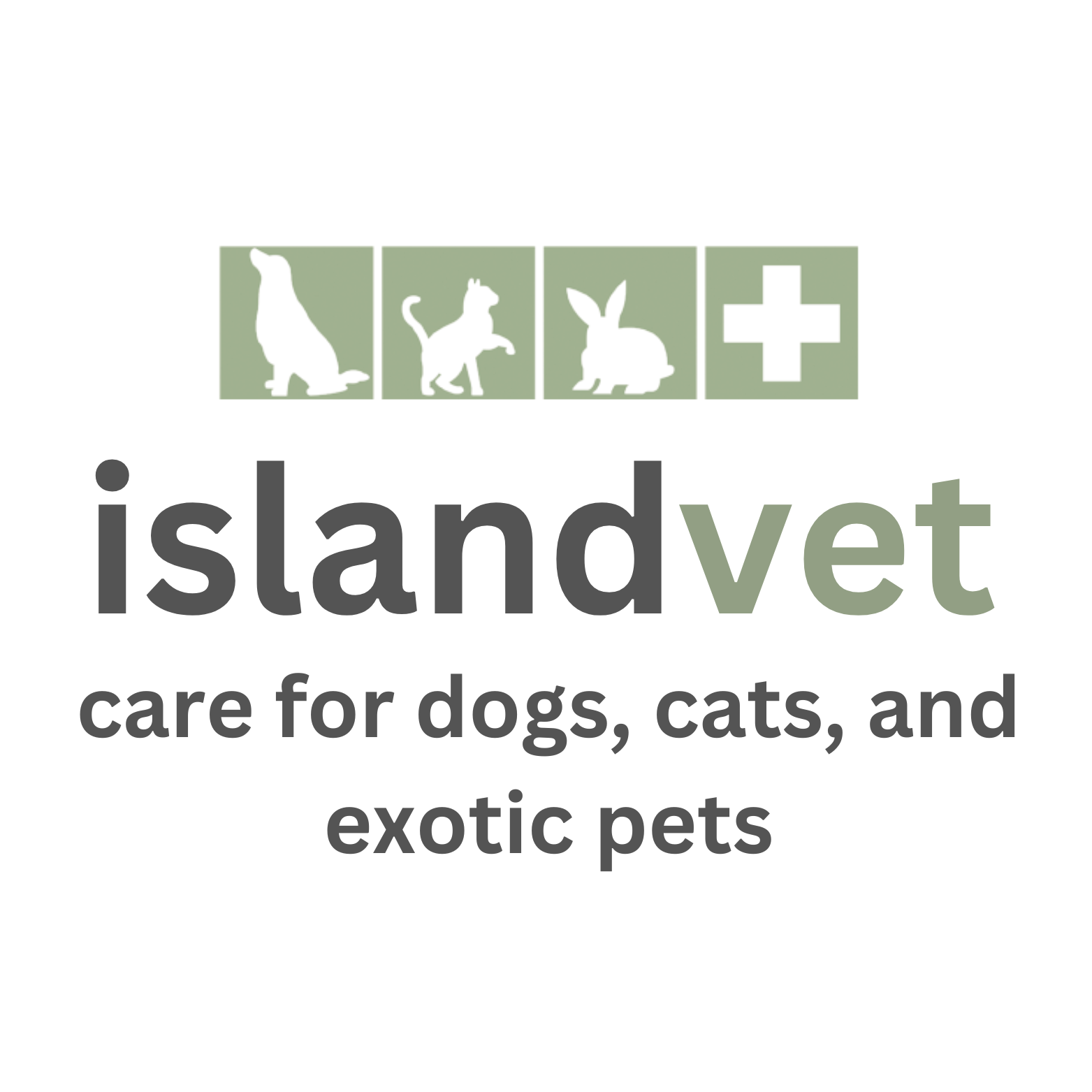Sugar-free Candy Poisoning in Dogs: Read the symptoms and How to Treat It!
By Dr Talita Milani, DVM.
Pet owners, most of our dogs love sweets, and most of you must have known that chocolate is toxic to them. But did you also know that some sweets, candy, or even toothpaste can also cause poisoning in your dog? Of course, not all of them, only products that contain xylitol that you need to be aware of!
Although xylitol is safe for human consumption, it can cause dangerously low blood sugar and liver failure when consumed by dogs. In addition, xylitol is easily absorbed by the body, causing xylitol poisoning to be an emergency case. You don't want to wait until the symptoms occur before taking action.
There are a lot of products that contain xylitol, mostly labelled as sugar-free. These products include sugar-free gum, toothpaste, mouthwash, and peanut butter. Well, now it sounds like xylitol-containing products are abundant around us. You don't want to miss this; let's read more about xylitol poisoning in dogs, its symptoms, and tips to handle it!
Why Can Xylitol Be Toxic to Your Dogs?
Xylitol is easily absorbed by the dog's body, and once it reaches the blood vessels, it will trigger a massive release of insulin to bind blood sugar. This will reduce the blood sugar in the dog's body and cause severe hypoglycemia that can lead to collapse, seizures, and even death. Consumption of xylitol in large quantities can also cause liver damage, but until now, the exact mechanism is unknown.
What Are the Signs of Xylitol Poisoning in Your Dogs?
Because the absorption process is speedy, signs of xylitol poisoning can be immediately seen 10 minutes to 1 hour after xylitol is eaten by your dog. The following symptoms of poisoning that can be observed are:
Vomiting
Weak
Shivering
Staggering
Difficulty standing or getting up
Seizures
Coma
How Much is Ingested to Cause Poisoning?
Each product contains a different amount of xylitol, and it's essential to know how much your dog is eating. According to several journals, hypoglycemia can even occur in dogs who consume xylitol at a dose of less than 0.1 g/kg body weight, and liver damage can occur when dogs consume xylitol at a dose of 0.5 g/kg body weight. The poisoning most often occurs due to consuming sugar-free gum containing xylitol.
What Should You Do If Your Dog Accidentally Takes Xylitol?
Do not induce vomiting in your dog without consulting a vet beforehand. Stimulation of vomiting can be dangerous because it can cause the dog to choke or fail to breathe if done under the wrong conditions. Bring your dog to the nearby vet even when your dog doesn't show any symptoms yet. As the absorption is rapid, time is crucial here.
What Treatment Will Your Veterinarian Give?
If the xylitol content has just been ingested less than 1 hour and the dog's condition allows, usually your vet will induce vomiting in your dog followed by gastric washing if necessary; this is to prevent further absorption of xylitol from the stomach throughout the body. In addition, symptomatic treatment will also be carried out depending on the examination results. Checking blood sugar levels is needed, and a glucose infusion will be done to stabilise your dog's blood sugar. Giving liver-protectant medicine is also necessary to protect your dog's liver from damage caused by xylitol. In the case of xylitol poisoning, 24-hour monitoring will be essential to monitor blood sugar levels in the dog's body. Several studies have shown that if treatment for poisoning is carried out as soon as possible and the hypoglycemia is not severe, most dogs recover from symptoms and can continue their everyday lives. However, if liver damage has occurred, the prognosis for recovery is drastically reduced, and it takes longer to treat the symptoms.
What Can You Do to Prevent This From Happening?
One of the handiest things you can do for your dog's health is to find a vet you can trust. For you to have contact of the nearest clinic and also the 24 hours one is very crucial. And regarding the xylitol-containing product, here are a few tips for you:
Check the ingredients of your food and beverages, especially if they are sugar-free. Also, check whether peanut butter, toothpaste, and mouthwash contain xylitol.
Keep xylitol-containing products away from your dog and store them safely.
Don't share food containing xylitol with your dogs, such as gum and peanut butter.
Use veterinary toothpaste to brush your dog's teeth because most human toothpaste contains xylitol.
In the case of poisoning, we all agree that prevention is better than cure! Do you have a question related to your pet's health? Dr. Talita is currently working at the new vet center in Canggu, Island Vet Bali! You can book an appointment with her by DM on Instagram @islandvetbali or Whatsapp +62813-911-911-29.

